Professional Speaker Guide: Finding the Perfect Sound Solution
When choosing a Professional Speaker, many buyers face confusion. Is the speaker powerful enough for large venues? Will it deliver clear voice projection without distortion? Can it balance speech and music effectively? This guide answers these real-world questions by exploring features, challenges, and solutions that help you select the right professional sound system.
Why a Professional Speaker Matters in Modern Audio
Audio is not just about volume; it is about clarity, presence, and reliability. Whether used in conferences, concerts, or worship halls, a Professional Speaker ensures that every word and note reaches the audience with accuracy.
In a noisy hall, clarity reduces listener fatigue.
For music, tonal balance enhances the emotional impact.
For businesses, dependable speakers prevent embarrassing technical failures.
Key Features of a Professional Speaker
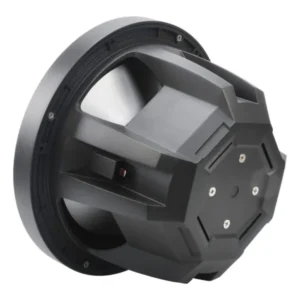
1. Sound Clarity and Frequency Response
One of the most critical features is clarity across frequencies. A Professional Speaker is designed with optimized drivers and crossovers to ensure bass, midrange, and treble blend seamlessly. Unlike consumer-grade speakers, they prioritize speech intelligibility and music detail even at high volume.
2. Power Handling and Coverage
A frequent pain point is underpowered speakers in large venues. Professional models list RMS power ratings, which help match the system to audience size. Coverage angle is equally important — wide dispersion ensures even sound distribution without “dead spots.”
3. Durability and Build Quality
Events often require equipment to be moved, stacked, or transported. A Professional Speaker typically uses reinforced cabinets, metal grills, and robust internal components, ensuring long life under demanding use.
Common Problems and How a Professional Speaker Solves Them
Problem 1 – Distortion at High Volume
Cheap systems often distort when pushed. A Professional Speaker maintains linear response at high sound pressure levels, making it reliable for concerts and outdoor events.
Problem 2 – Uneven Sound Distribution
Many organizers struggle with some seats being too loud while others hear almost nothing. Professional column or line array speakers are designed to cover audiences evenly, reducing acoustic shadows.
Problem 3 – Compatibility Issues
Users often worry if the speaker matches their amplifiers or mixers. Most professional units follow standard impedance ratings (4Ω or 8Ω) and offer versatile connectivity, minimizing setup issues.
How to Choose the Right Professional Speaker
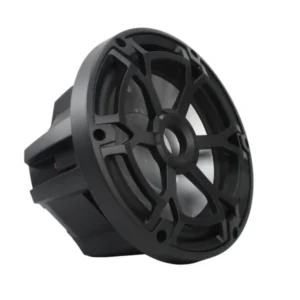
Step 1 – Define Your Purpose
Conferences and public speaking → focus on speech clarity (column or full-range PA).
Live music or DJ events → prioritize frequency response and bass handling (two-way or three-way systems).
Outdoor rallies → rugged horn-loaded designs for projection.
Step 2 – Match Power with Venue Size
Small rooms (under 100 people): 50–200W RMS.
Medium halls (100–500 people): 300–1000W RMS.
Large outdoor events: line arrays exceeding 2000W RMS.
Step 3 – Consider Portability vs Installation
If events change locations often, portable active speakers with built-in amplifiers save time. For permanent venues, passive speakers paired with professional amps may be more cost-effective.
Advantages of Using a Professional Speaker
Crystal-clear voice reproduction helps audiences stay engaged.
Wide frequency response enhances both speech and music.
Durability reduces long-term replacement costs.
Scalability allows integration into larger sound systems.
Professional image — reliable equipment boosts your brand’s credibility.
Bottom line: a Professional Speaker is not a luxury but an investment in reliability and audience satisfaction.
Buying Tips for a Professional Speaker
Always check RMS ratings, not just peak power.
Verify coverage angle to match venue dimensions.
Choose trusted brands with warranty and service support.
Test the system with both speech and music before purchase.
Final Thoughts
The right Professional Speaker eliminates the fear of technical failure, ensures clarity, and delivers impact. Instead of focusing only on price, evaluate your specific needs, venue size, and long-term reliability. A well-chosen speaker is the foundation of every successful event.
FAQ
Q1: What makes a speaker “professional”?
A Professional Speaker is engineered for durability, high power handling, and accurate sound, unlike consumer models designed mainly for casual use.
Q2: Can one speaker work for both speech and music?
Yes, many full-range professional speakers handle both. However, for concerts, pairing with subwoofers enhances low-frequency performance.
Q3: How long does a professional speaker last?
With proper care, a professional unit often lasts 5–10 years, depending on usage intensity.
Q4: Do I need active or passive speakers?
Active speakers include built-in amplifiers and are easy to set up. Passive speakers require external amps but allow more flexible system design.

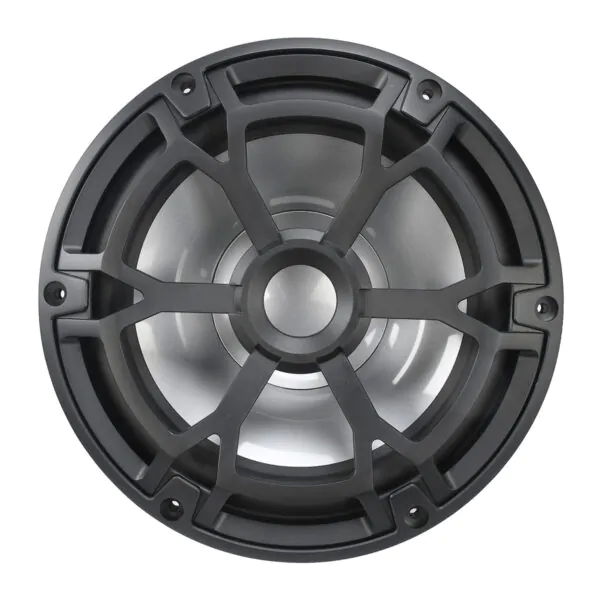
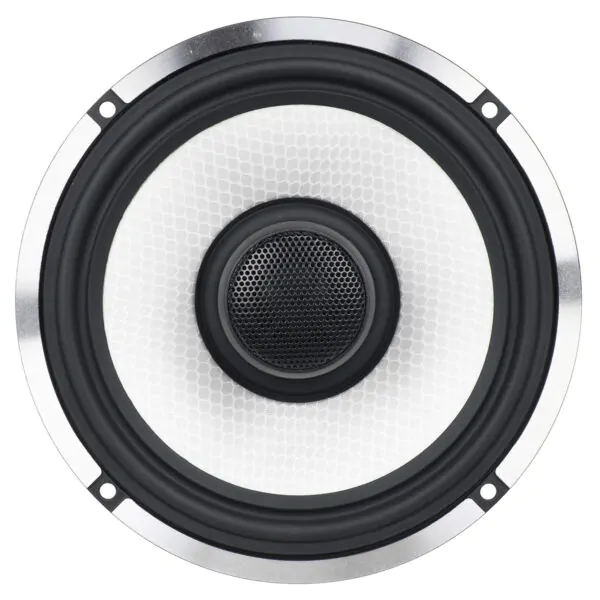
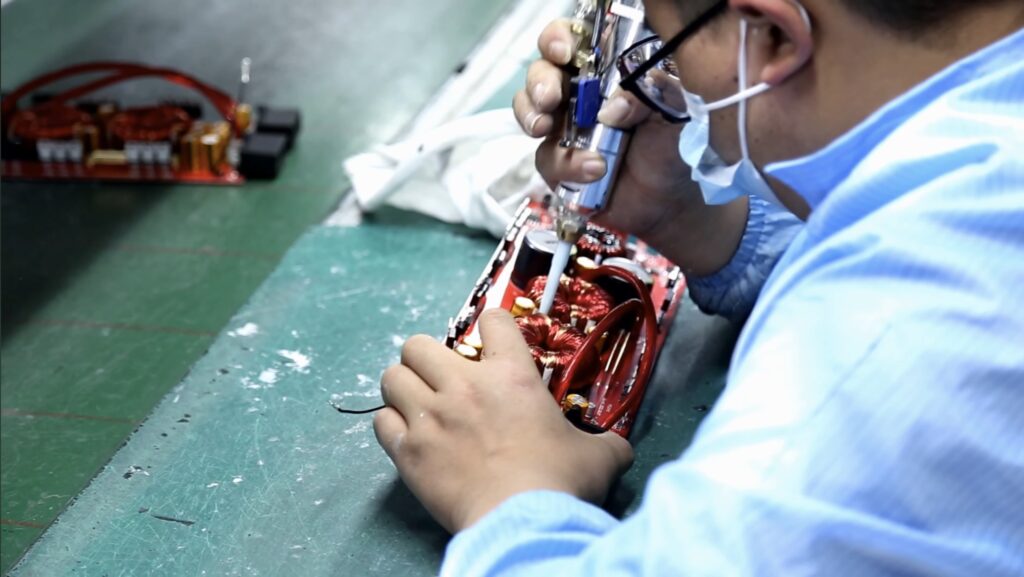


Hello.This article was extremely motivating, particularly since I was browsing for thoughts on this issue last Monday.
I love your blog.. very nice colors & theme. Did you create this website yourself? Plz reply back as I’m looking to create my own blog and would like to know wheere u got this from. thanks
Hmm it appears like your website ate my first comment (it was extremely long) so I guess I’ll just sum it up what I submitted and say, I’m thoroughly enjoying your blog. I as well am an aspiring blog writer but I’m still new to everything. Do you have any helpful hints for rookie blog writers? I’d really appreciate it.
**revitag**
revitag is a daily skin-support formula created to promote a healthy complexion and visibly diminish the appearance of skin tags.
**neurogenica**
neurogenica is a dietary supplement formulated to support nerve health and ease discomfort associated with neuropathy.
**cellufend**
cellufend is a natural supplement developed to support balanced blood sugar levels through a blend of botanical extracts and essential nutrients.
**prodentim**
prodentim is a forward-thinking oral wellness blend crafted to nurture and maintain a balanced mouth microbiome.
**flowforce max**
flowforce max delivers a forward-thinking, plant-focused way to support prostate health—while also helping maintain everyday energy, libido, and overall vitality.
**hepatoburn**
hepatoburn is a potent, plant-based formula created to promote optimal liver performance and naturally stimulate fat-burning mechanisms.
**hepato burn**
hepato burn is a premium nutritional formula designed to enhance liver function, boost metabolism, and support natural fat breakdown.